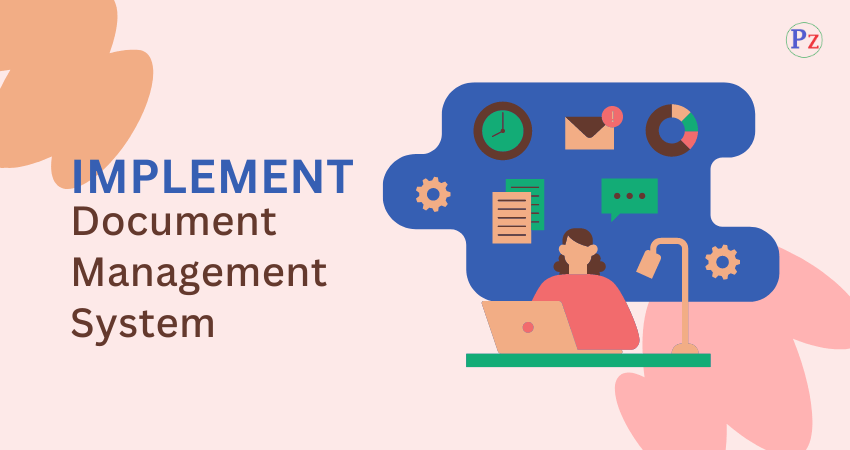The organisations adapt the benchmarking steps to best fit their own needs and culture. Table 1 compares AT&T’s 12 step-process and Xerox’s 10-step process.
Table 1. Approaches to benchmarking
| AT & T’s 12-Step Process | Xerox’s 10-Step Process |
| 1. Determine who the clients are – who will use the information to improve their processes. | 1. Identify what is to be benchmarked. |
| 2. Advance the clients from the literacy stage to the champion stage. | 2. Identify comparative organisations. |
| 3. Test the environment. Make sure the clients can and will follow through with benchmarking findings. | 3. Determine data-collection method and collect data. |
| 4. Determine urgency. Panic or disinterest indicate little chance for success. | 4. Determine current performance gap. |
| 5. Determine scope and type of benchmarking needed. | 5. Project future performance levels. |
| 6. Select and prepare the team. | 6. Communicate benchmark findings and gain acceptance. |
| 7. Overlay the benchmarking process onto the business planning process. | 7. Establish functional goals. |
| 8. Develop the benchmarking plan. | 8. Develop action plans. |
| 9. Analyze the data. | 9. Implement specific actions and monitor progress. |
| 10. Integrate the recommended actions. | 10. Recalibrate benchmarks. |
| 11. Take action. | |
| 12. Continue improvement. |



